Some images today from a few older rolls of film I found and recently processed; they don’t really have a theme other than some light documentary of my life; I don’t pretend they are significant to anybody – not even me – I suppose it’s more like a visual stream of consciousness than anything. And they just happened to have been shot on film – Acros 100 in an F2 Titan and the 58/1.2 Noct-Nikkor, to be precise.
This is a combination I can’t say I use often, but when I do, I always enjoy the process and haptics of the camera as much as the results. In fact, I think it’s perhaps one of the best cameras to shoot (along with the Hasselblad V) when one is in a contemplative mood, not looking for anything visually in particular but nevertheless still in a ‘receptive’ state. It can very much be a focused tool – it was designed that way – but I almost never use it as such. Instead, I like to think of it as the equivalent of a visual reset button. Enjoy! MT

Where my black polo shirts for shoots come from
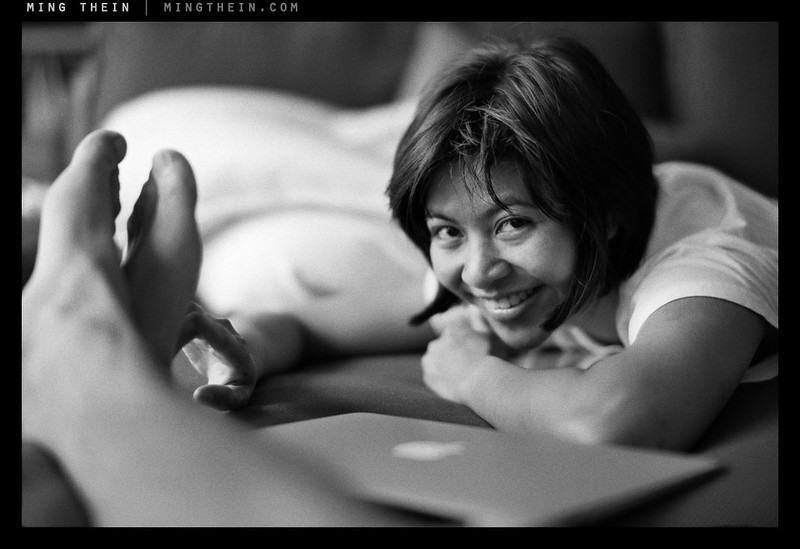
Nadiah’s experiment to induce camera shake
__________________
Limited edition Ultraprints of these images and others are available from mingthein.gallery
____________
Visit the Teaching Store to up your photographic game – including workshop and Photoshop Workflow videos and the customized Email School of Photography; or go mobile with the Photography Compendium for iPad. You can also get your gear from B&H and Amazon. Prices are the same as normal, however a small portion of your purchase value is referred back to me. Thanks!
Don’t forget to like us on Facebook and join the reader Flickr group!
Images and content copyright Ming Thein | mingthein.com 2012 onwards. All rights reserved

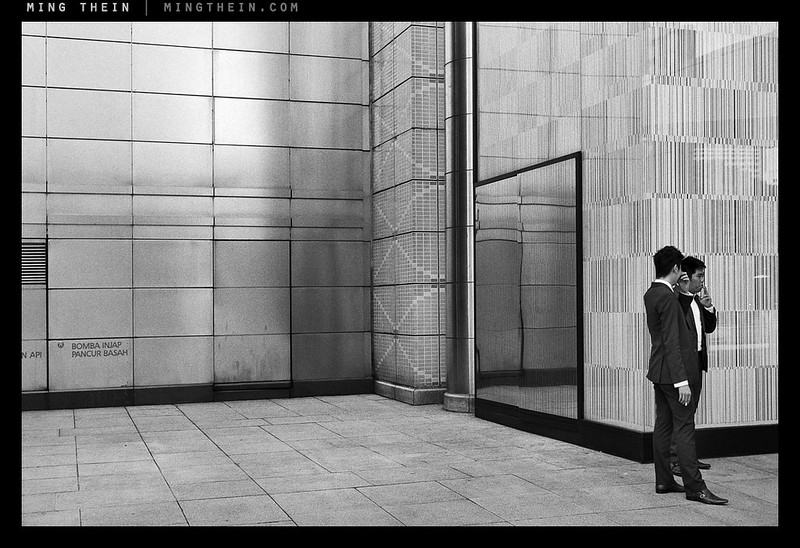
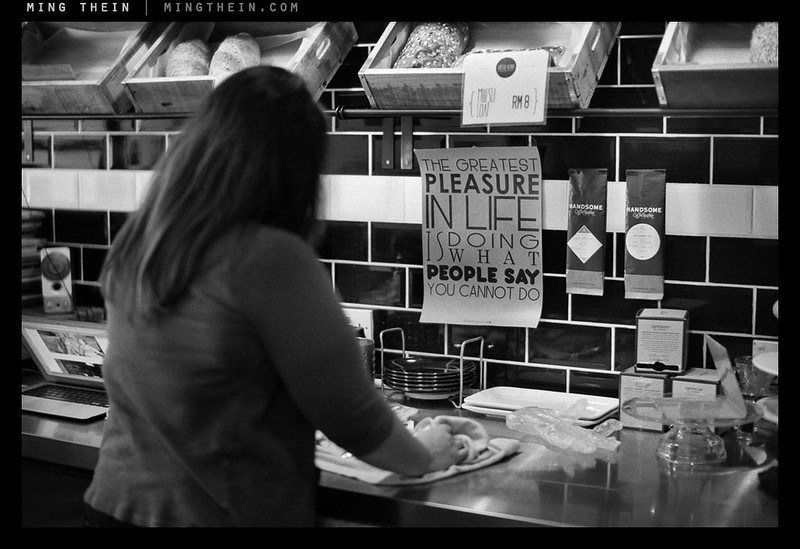

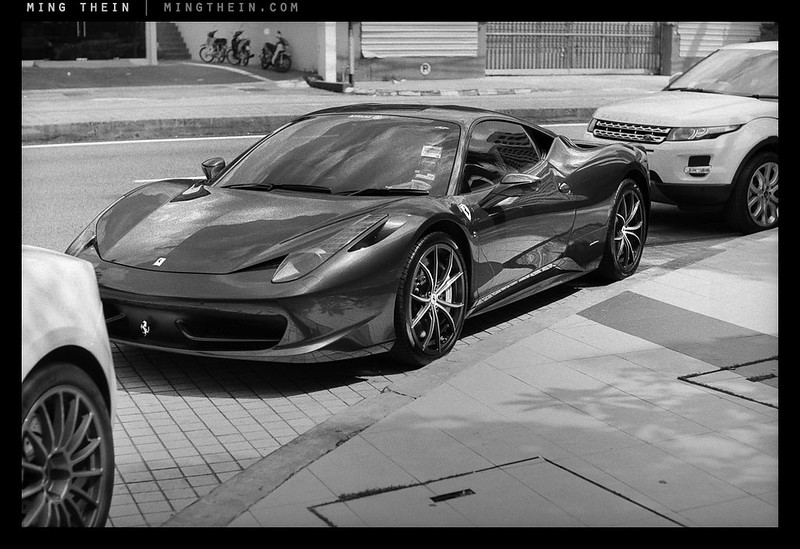
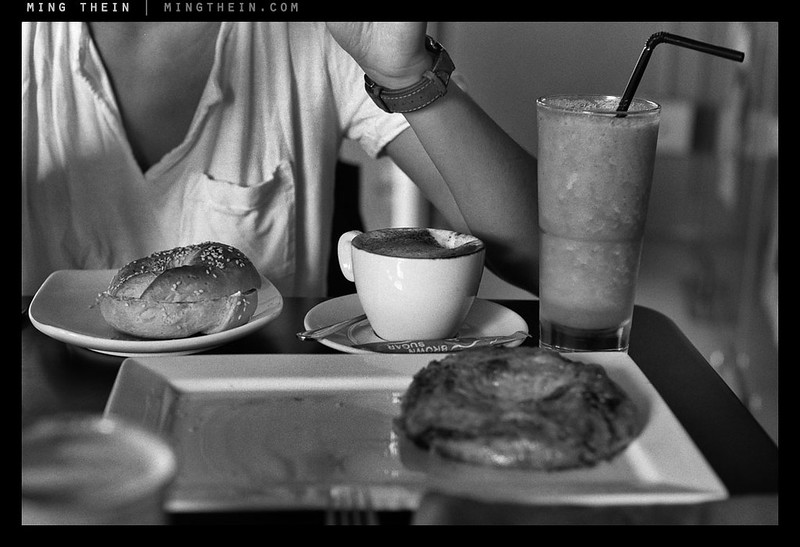
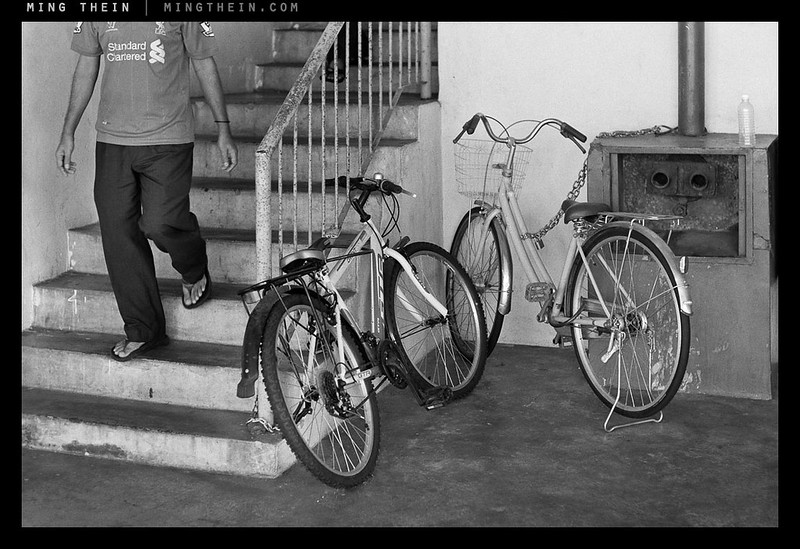
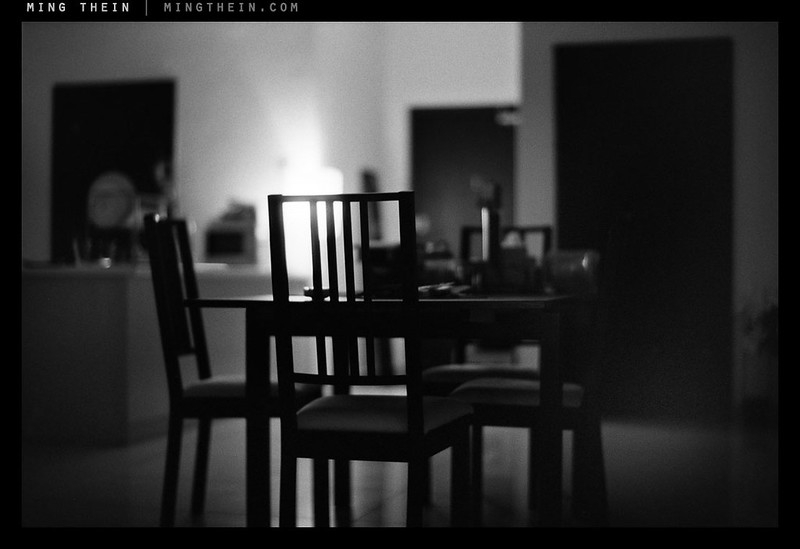






The greatest pleasure in life is doing what people say you cannot do – one of my favorite sayings. Interesting images.
Forbidden fruit and all that?
Wonderful pictures, capturing atmosphere and life… even someone like you works differently when shooting film, or is this just coincidence?
Hi, Ming,
A really nice set of pictures, thanks for sharing! I had forgotten how pleasing good analog pictures look, believe it or not. So, after ten years of digital only I’m going to buy an SLR to get a different workflow and try to make different pictures. I remember that you’ve praised the viewfinder of some film cameras; since we’re talking manual focusing I realize the importance of a bright, large viewfinder, so I wonder if there are any you can recommend? I’m thinking of Nikon (maybe the F2) and Leica R mainly, both which are affordable these days.
Cheers,
Lennart
The F2 is a good choice.
I like these too. It’s interesting to see the technical coherence of your work over time and across so many different platforms.
Have you detailed how you do scanning with the D800? If not could you consider doing to and if you have could you point to where?
Thanks. No intention to detail the scanning, sorry. It makes no sense as the optimum exposure parameters will depend on how you develop the film and the type of film…the entire workflow must be used for consistency, piecemeal doesn’t work.
I like the set Ming, it may not have a theme per say, but at the same time the flow of images work.
How many black polo shirts you got now :p
Many. Photographer’s staple wardrobe…non reflective and stealthy!
Can’t resist any photos taken with a noct-nikkor 🙂 nice stuff, thanks for sharing.
Very good looking images! I’d like to know how you scanned these – with a film scanner, I imagine, but which one, please. Or maybe you made darkroom prints first?
Negatives copied with a D800E and macro lens.
Thank you for that interesting information. Coincidentally, Luminous Landscape just ran an article describing 2 methods of using cameras and macro lenses instead of film scanners. You and they have given me a fresh insight into my upcoming project: getting good files from my 30 to 45 year old 35mm monochrome negatives. I was considering the new Epsom 850 scanner or the Plustec 8100 scanner. But now I’m aware that there is an alternative. Thank you.
I’ve been doing that for more than a year. One of their writers referred to my method as amateurish…and now they change their tune? Hmmm.
Love the grain and wow to Acros film. Long live FILM and Rodinal.
Given that you are using 100 Acros, is there any reason that the images show so much grain? It is particularly large and prominent in the first image on the man’s skin and on the wall behind him (but also in all the others). I seem to get much less grain when I use Tri-X 400 than you have here. Have you added it in post?
Lots of possible reasons – flickr downsizing/sharpening is the main culprit, because it really isn’t that noticeable in the larger images.
Love them, especially the one with your wife. Glad she has fully recovered. I think you mentioned in a recent post that you’ve gotten away from film but I have to say your essays on film were what originally brought me to your site.
Thanks. I don’t shoot as much film as I used to because of both time constraints and the fact that I’ve pretty much managed to duplicate the tonality with digital.
Well, I was expecting your usual strident formalism and exacting technical approach in this set, and while the formalism is still evident it is blunted (I think fortuitous) by the softer edge of film. The first four photographs are quite nice, and others with a pleasant surprise of a bit of humor. Nice set.
Not blunted, just curated out a little.
When listening to music, the same recording on a CD and Vinyl, the digital version will most often sound sharper and more detailed. Years ago I took the same piece of music, primarily Saxophone, and had a Saxophone player listen to both at the same time; toggling between both without him knowing whether he was listening to the digital or analog version. This was on a very good system and the music was originally recorded in analog. His comment was that on one the instrument sounded like a horn and the other like a Saxophone. It was the digital version that always sounded like just a horn to the musician. The musicians interpretation was that there were harmonics missing from the CD version. Whereas the harmonics missing from the CD version were present on the Vinyl version identifying it more clearly as a Saxophone. The comparison with digital photography is not exact as the CD has been limited since inception, whereas digital photography continues to evolve. What was sad is that with the very first CD player and recordings many “audiophiles” were dumping their turntables and vinyl. I know enough people that dumped some very good film equipment in the early stages of digital photography, some for those low megapixel point and shoot Kodak cameras. They believed even then that they were seeing something better. With that said, what is seen as the “softer edge of film” may not be correct, rather that there is more information and the edges are correct. I don’t see the images as being “blunted”. “Nadiah’s experiment” is, I think, particularly special. It is that one awesome shot from a roll that I think we are entitled to, well done.
Great photos!
Thanks!
such intimate. I love the one when she attempts to induce camera shake 😀
Didn’t work, fortunately 🙂
Me, too, I think that that is my favorite photo, such sweetness captured 😀 , although I Love “Bread” also!!
Wow. Beautiful tones.
Thanks!
Fun Set Ming! Really like the images.
Thanks Eric!